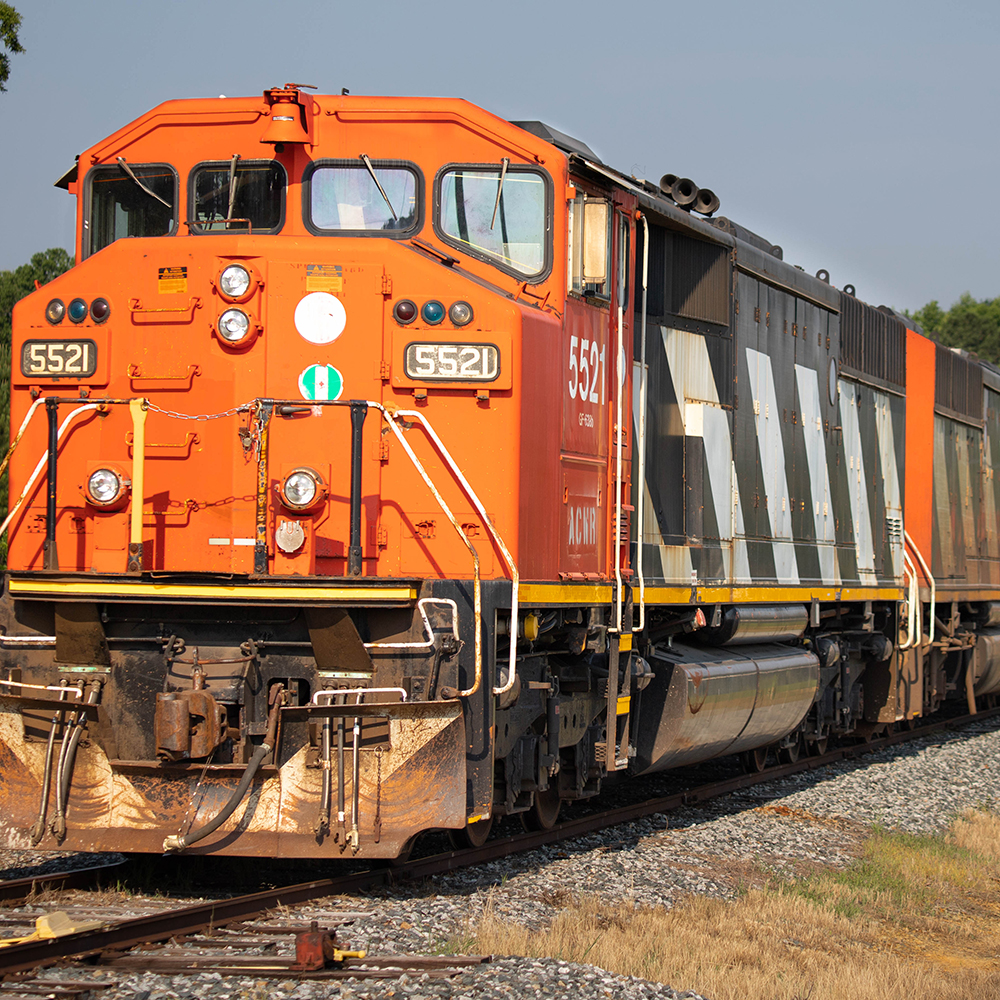The state Air Resources Board has approved new rules that says, “all Class I line haul locomotives” that have “an original engine build date of 2035 and beyond” can operate in California only if they have “a zero-emissions configuration.” That’s also the last year that new diesel big rigs can be sold in the state.
Five years before the Class I deadline, the only locomotives that can be used in the state “must be 23 years old or younger.” Also by 2030, every switch, industrial and passenger locomotive “with an original engine build date of 2030 or newer would be required to operate” in a zero-emissions configuration.
There will also be a set of new rules to follow as soon as next year:
First, operators will be required “to fund a trust account based on how much emissions their locomotives produce and that account would help fund the purchase of cleaner locomotives or the upgrade of existing locomotives.”
Second, “locomotives with automatic shutoff devices would not be permitted to idle for longer than 30 minutes, except for certain circumstances such as maintaining air brake pressure or providing heat or cooling to the locomotive cab.”
And finally, locomotives in use across the state will have to register with CARB, and their activity, emission levels and idling data will be reported to the agency annually.
Anyone guessing that these rules would impose severe financial hardships on operators, many of them small businesses, would be exactly right.
“The cost to comply with the proposed regulatory requirements would cripple and threaten to render a number of short line railroads financially insolvent,” says the American Short Line and Regional Railroad Association.
The group also said the rules would destabilize the industry to the point that California shippers would be “cut off from rail service, impacting their cost structure and ability to compete effectively in the U.S. and world economies.”
This would be no surprise to CARB, since the comment was directly addressed to the board in 2021. So officials can’t excuse themselves when the rules begin to do harm. They know what the consequences will be.
The greatest burden on the small operators will be the funding of the trust fund account. When they told CARB staff members that this was the case, CARB responded by suggesting that individual rail lines hand over their confidential financial records so the board could determine what these small businesses could afford to pay to comply with the proposed regulatory framework. A lot of words come to mind in response to this and none of them are complimentary toward CARB.
Petty, of course, is one of them, and it’s also descriptive of an effort that will have roughly zero impact on global greenhouse gas emissions. Environmental Protection Agency data show that rail produces only 2 percent of the country’s transportation GHG emissions, with the transportation sector responsible for only 27 percent of all GHG emissions.
Policymakers will pat themselves on their backs for being so ambitious in their quest to snuff out human GHGs. But in truth they are unrealistic ideologues and virtue signalers. The industry, which knows far more about running a railroad than the board or staff at CARB, doesn’t foresee technology developing fast enough to keep up California’s demands. But reality hasn’t cooled California policymakers’ lust for using the force of government to remake the transportation and energy sectors. They just keep turning up the temperature.
Kerry Jackson is a fellow with the Center for California Reform at the Pacific Research Institute.

